12 Music Festival Performances That Went Down in History
Some music festival performances have become more than just concerts; they’ve shaped the course of music history. From iconic moments of raw emotion to groundbreaking technological feats, these performances continue to resonate with audiences worldwide. These unforgettable events not only highlight the artists’ incredible talent but also reflect the power of live music to connect, inspire, and make a lasting impact.
This post may contain affiliate links, which helps keep this content free. Please read our disclosure for more info.
Jimi Hendrix at Woodstock (1969)
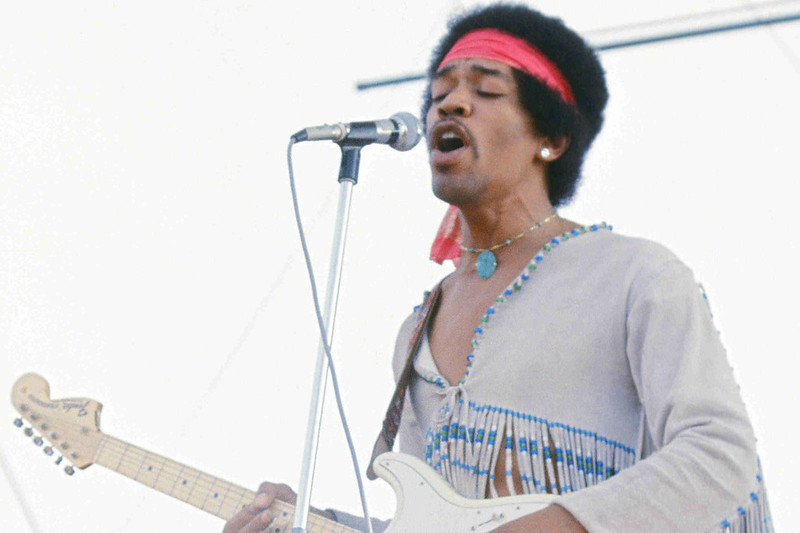
Jimi Hendrix’s performance at Woodstock remains one of the most iconic in the history of music festivals. His rendition of “The Star-Spangled Banner” is considered one of the most powerful moments in rock history. As the audience watched, Hendrix distorted and distorted the national anthem, creating a raw, emotional performance that became symbolic of the counterculture movement. His performance transcended music, capturing the spirit of rebellion and freedom that defined the Woodstock era.
Hendrix’s set marked not only a musical triumph but a cultural statement, cementing his place as a legendary figure. The crowd of nearly half a million people witnessed his electrifying stage presence and innovative guitar skills, making it clear that Hendrix would forever change the landscape of rock music. The performance has been widely regarded as one of the most memorable in festival history and is still a reference point for music lovers and critics alike.
Queen at Live Aid (1985)
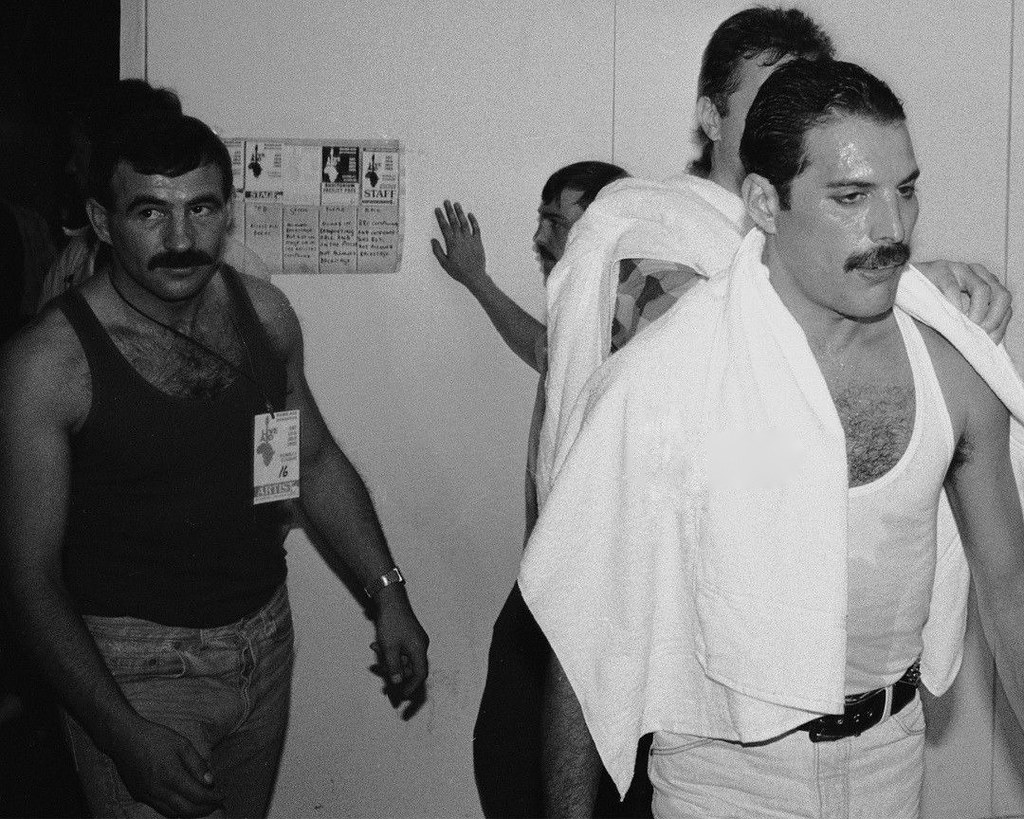
Queen’s performance at Live Aid, held at Wembley Stadium in London, is often considered one of the greatest live performances of all time. Frontman Freddie Mercury commanded the stage with his unrivaled energy, charisma, and vocal range. The band’s ability to engage with the audience, coupled with Mercury’s showmanship, turned the performance into a cultural event that united millions of people worldwide.
The setlist, which included hits like “Bohemian Rhapsody” and “Radio Ga Ga,” had the crowd singing along from start to finish. Queen’s performance at Live Aid was not just a pivotal moment in rock history but also a turning point for the band, bringing them back into the global spotlight and showcasing their incredible ability to connect with an audience. Their performance is often credited with helping to revive the concept of the live rock performance, making it a cornerstone of music festival history.
Kurt Cobain at MTV Unplugged in New York (1993)
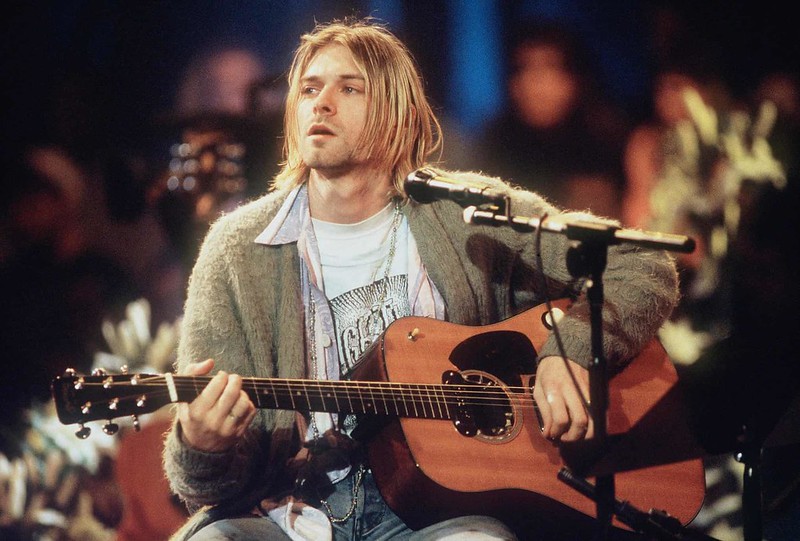
Kurt Cobain’s MTV Unplugged performance in New York became one of the most emotional and heartfelt performances in music history. The Nirvana frontman, who was grappling with personal struggles, delivered a raw, stripped-down set that showcased a different side of his artistry. The intimate, acoustic setting allowed Cobain to connect with the audience on a deeply personal level, with songs like “About a Girl” and “Come as You Are” resonating with fans in a way they had never heard before.
This performance was particularly poignant as it took place just a few months before Cobain’s tragic death, making it an even more significant moment in music history. His vulnerability and sincerity during the show brought a new layer of depth to Nirvana’s legacy and highlighted the power of acoustic music in a genre dominated by grunge and distortion.
Woodstock 1999 – Korn’s Performance
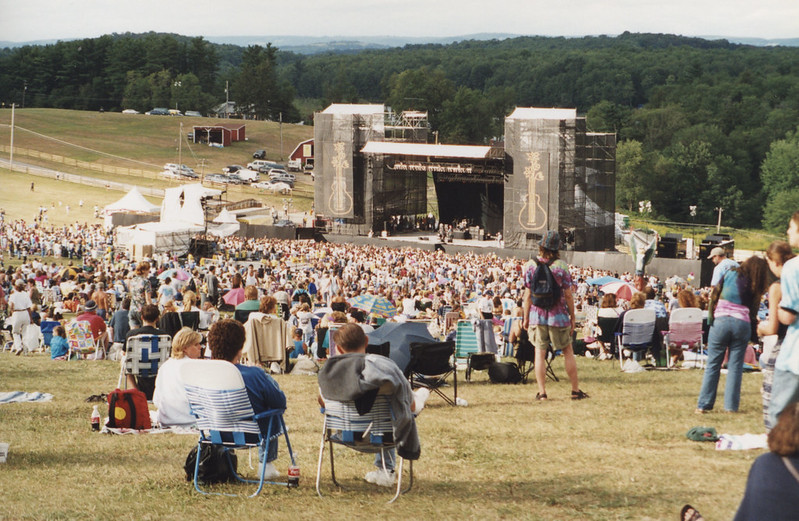
Woodstock 1999, while infamous for its chaotic and violent atmosphere, is also remembered for some unforgettable performances, especially Korn’s. The nu-metal band delivered an aggressive and emotionally charged performance that perfectly captured the anger and frustration of the late ’90s generation. Their music, characterized by heavy guitar riffs and dark lyrics, resonated with a crowd that was already on edge, setting the tone for the rest of the festival.
The band’s high-energy set, filled with tracks like “Freak on a Leash” and “Got the Life,” represented a new era in rock music. Korn’s performance is often credited with showing the shifting tastes of festival audiences, marking the rise of nu-metal as a genre and solidifying the genre’s place in mainstream culture.
Beyoncé at Coachella (2018)
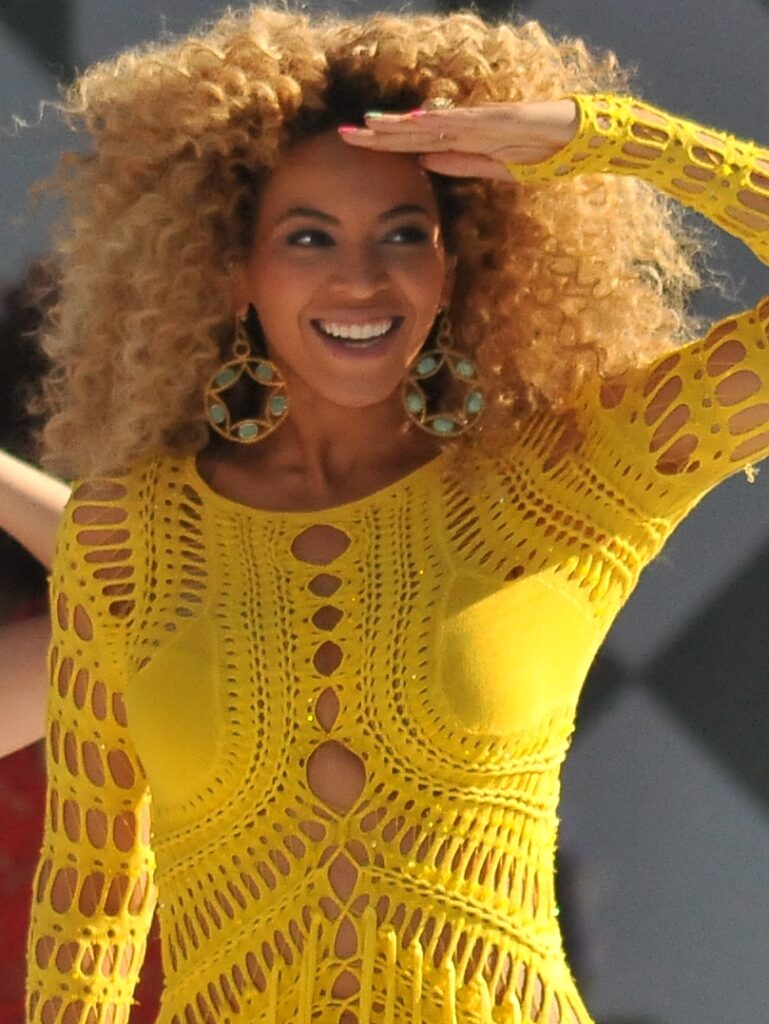
Beyoncé’s Coachella performance in 2018 was nothing short of groundbreaking. As the first Black woman to headline the festival, she not only delivered a stunning performance but also made a powerful statement about representation and culture. Her set included an elaborate mix of dance, music, and cultural references, drawing heavily on African American heritage and history. Beyoncé’s performance was hailed for its complexity, creativity, and the seamless blending of modern pop with rich cultural references.
The show was an instant classic, with moments like her tribute to historically Black colleges and universities (HBCUs) and the surprise appearance by her sister, Solange. Beyoncé’s Coachella set elevated her status as a cultural icon and showed the world the power of music festivals as a platform for activism and artistry. (Note that Beyoncé’s concert in Central Park in 2011 is pictured above.)
The Rolling Stones at Altamont (1969)
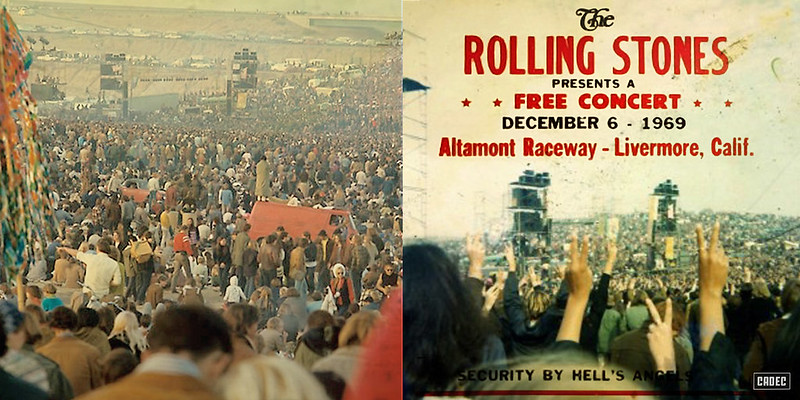
The Rolling Stones’ performance at the Altamont Free Concert in 1969 is one of the darkest moments in rock history, but it remains significant due to its cultural impact. What started as a free concert designed to mirror Woodstock quickly turned into chaos when violence erupted among the crowd. The presence of the Hells Angels, hired as security, led to a tragic event when a concertgoer was killed during a scuffle, forever altering the image of the Stones and the peace-and-love ethos of the 1960s.
Despite the tragedy, the event is significant because it marked the end of the ’60s and the idealism associated with the hippie movement. Altamont became a cautionary tale, showing how quickly things could go wrong, and highlighted the darker side of the counterculture era.
Woodstock 1969 – Janis Joplin’s Performance
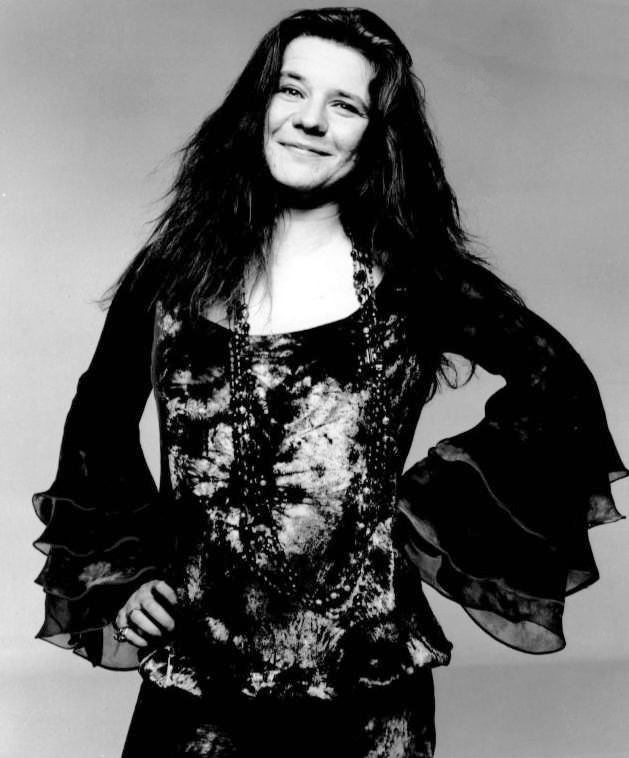
Janis Joplin’s performance at the original Woodstock Festival in 1969 has been immortalized as one of the defining moments of the event. Her raw, soulful voice and unapologetic stage presence captivated the audience, establishing her as one of the greatest female rock stars of all time. Joplin’s powerful renditions of “Piece of My Heart” and “Ball and Chain” demonstrated her immense vocal range and ability to connect emotionally with her audience.
Her performance was a defining moment in Woodstock’s history, capturing the spirit of the times with its blend of emotional intensity and rebellious energy. Joplin became a symbol of freedom and authenticity, and her set remains one of the most iconic moments of the entire festival.
Daft Punk at Coachella (2006)
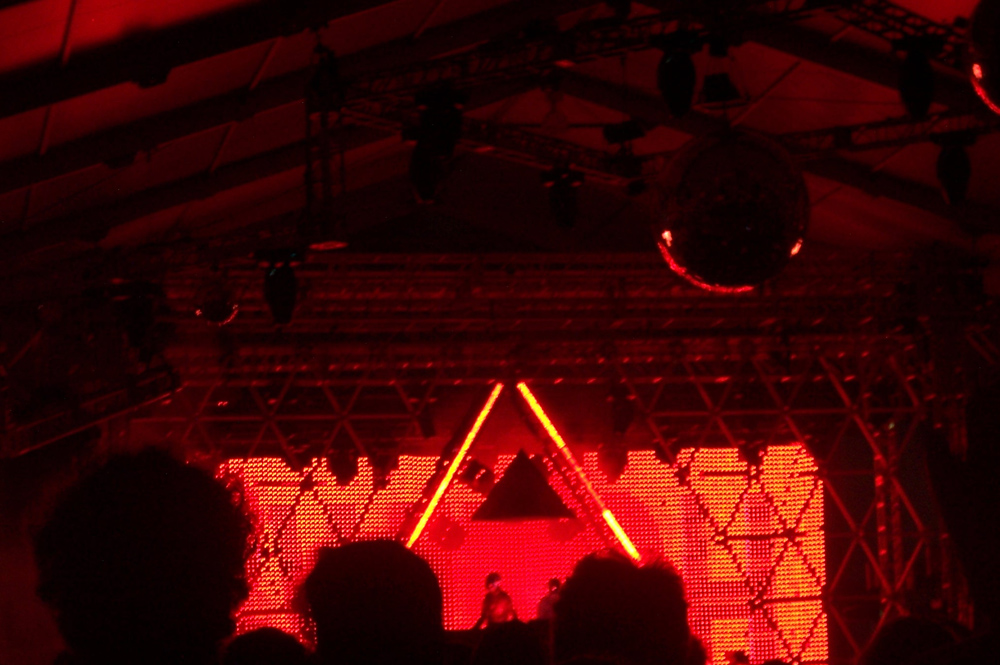
Daft Punk’s 2006 performance at Coachella is often considered one of the most innovative and influential in the history of the festival. The electronic duo’s pyramid-shaped stage design, combined with their groundbreaking use of visuals and music, redefined what a live show could be. Their performance not only captivated the audience but also influenced an entire generation of electronic music producers and performers.
Daft Punk’s set was a game-changer, helping to bring electronic dance music (EDM) into the mainstream and solidifying Coachella as a key destination for festivalgoers. The duo’s integration of art, technology, and music changed how live performances could engage the audience, setting a new bar for concert experiences.
The Who at Isle of Wight (1970)
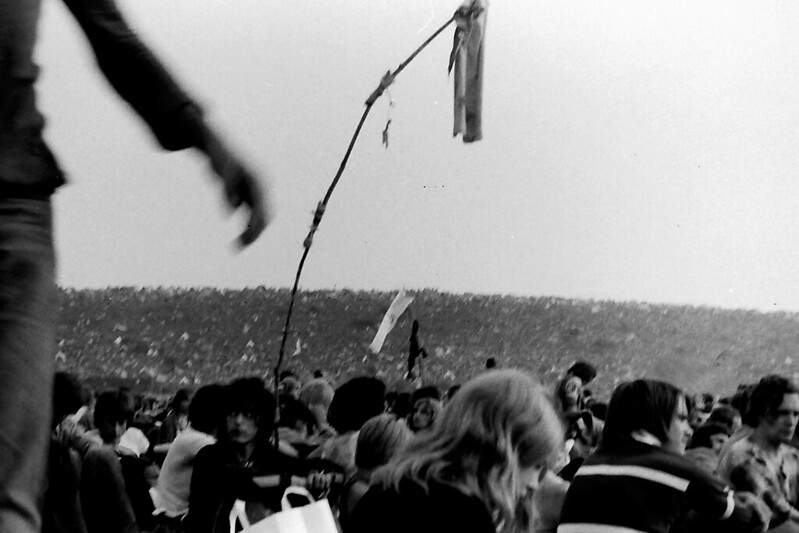
The Who’s performance at the Isle of Wight Festival in 1970 was legendary, partly due to the sheer chaos that surrounded it. At the time, the festival had drawn a crowd of over 600,000 people, and The Who’s set was one of the main highlights. The band delivered an explosive performance that showcased their raw energy and musical genius, with songs like “My Generation” and “Pinball Wizard” fueling the fire.
Despite technical difficulties and an overwhelming crowd, The Who managed to pull off an unforgettable show. The performance solidified their place as one of the most dynamic and influential rock bands of the time, and it remains a touchstone in the history of music festivals.
Janelle Monáe at Afropunk (2017)
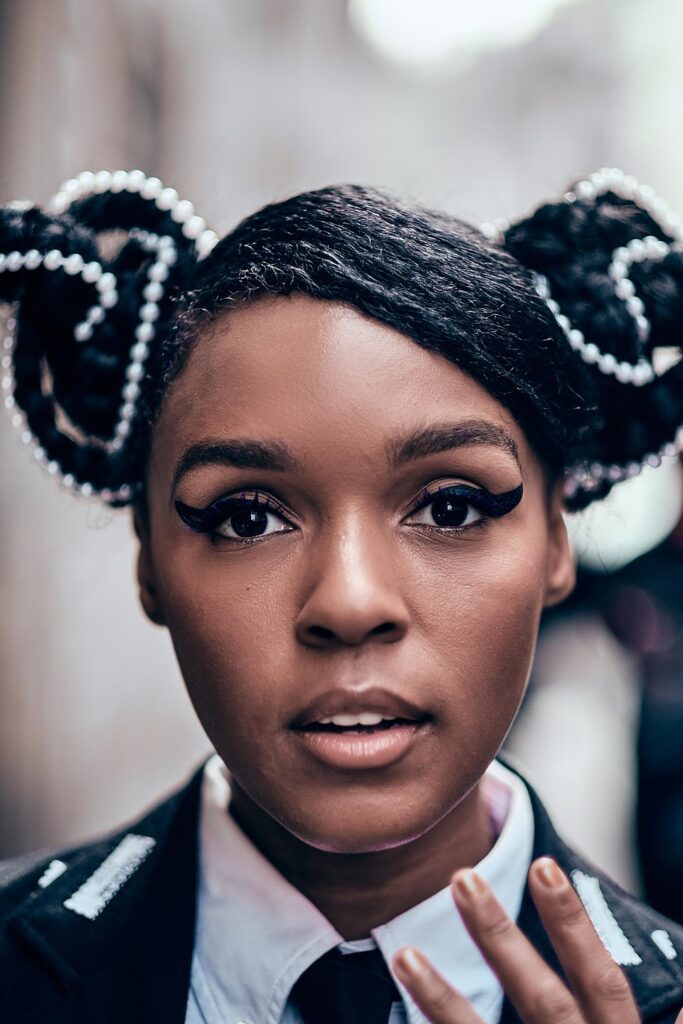
Janelle Monáe’s 2017 performance at Afropunk in Brooklyn was a game-changing moment for the festival. Known for her genre-defying music and socially conscious lyrics, Monáe used her stage time to make bold political statements and champion the importance of diversity and inclusion. The performance was a celebration of Black culture, with Monáe’s visuals, stage presence, and vocals leaving a lasting impression.
Her set at Afropunk was widely celebrated for its energy, artistic vision, and unapologetic celebration of identity. Monáe’s performance helped reinforce Afropunk’s importance as a platform for both emerging artists and long-established icons who represent the heart of Black artistry and culture.
Bob Dylan at Newport Folk Festival (1965)
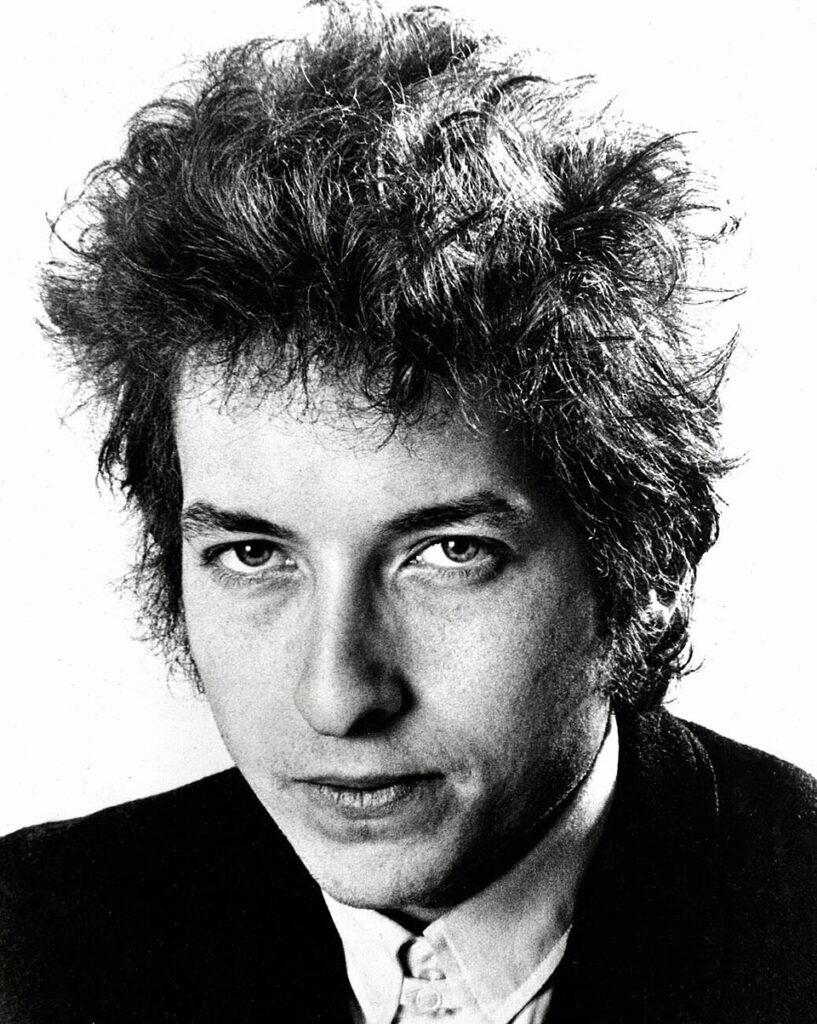
Bob Dylan’s electric performance at the Newport Folk Festival in 1965 shocked the audience and signaled a dramatic shift in the music scene. His decision to perform with an electric band, rather than the traditional acoustic setup that made him famous, caused an uproar among folk purists. While many were upset by the departure from his roots, the performance marked the moment when Dylan fully embraced rock music, forever changing his career and the trajectory of popular music.
The performance is often regarded as one of the most important moments in music history because it highlighted the growing tension between folk and rock, and it paved the way for the integration of electric instrumentation into folk and protest music. Dylan’s Newport performance became a milestone in the evolution of popular music.
Prince at Super Bowl XLI (2007)
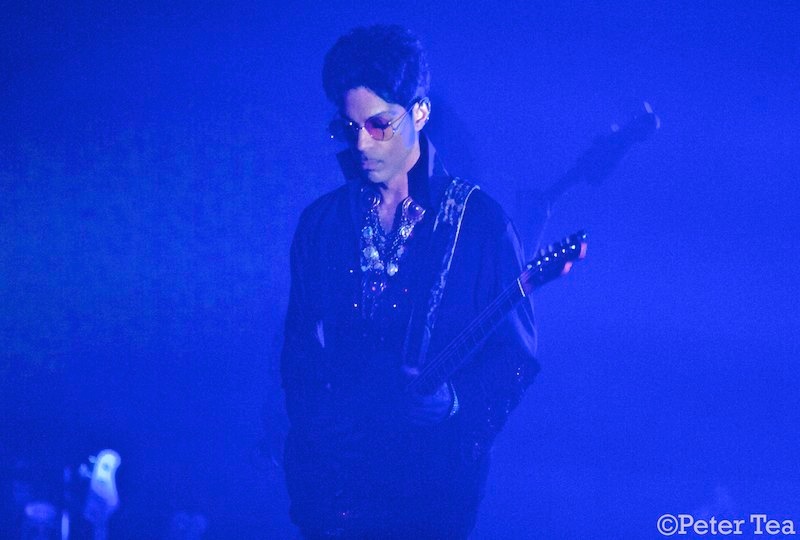
Prince’s halftime performance at Super Bowl XLI in 2007 was a masterclass in showmanship and musical skill. Despite the heavy rainstorm that threatened the event, Prince took the stage and delivered an unforgettable performance, playing classics like “Purple Rain” and “Let’s Go Crazy.” The performance was celebrated for its energy, creativity, and flawless execution, with Prince demonstrating his unparalleled ability to command a stage.
The performance has been considered one of the best halftime shows of all time, due to its mix of musical brilliance and the boldness of performing in challenging conditions. Prince’s Super Bowl performance remains a defining moment in both his career and the history of the event itself.
This article originally appeared on Avocadu.
